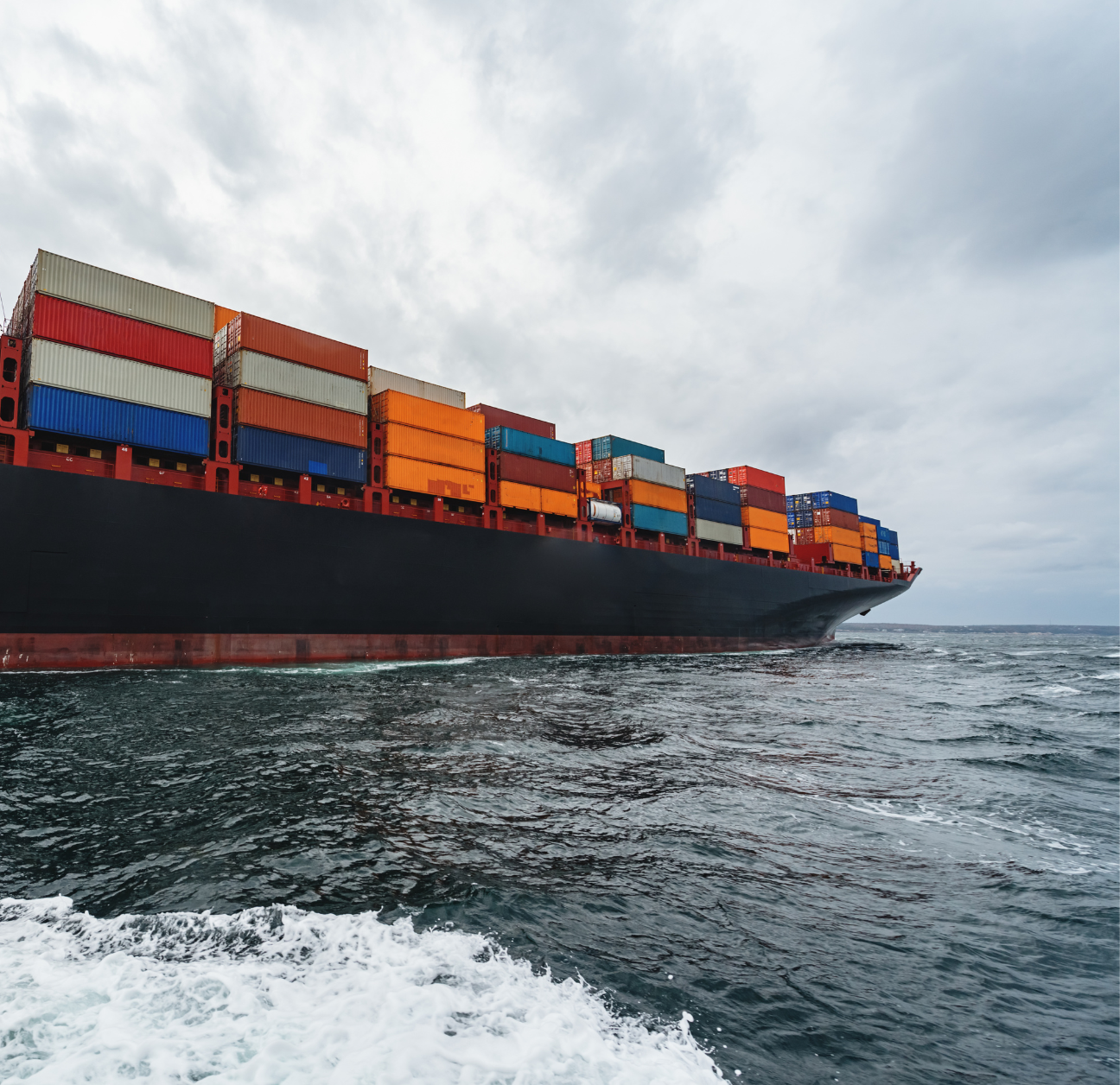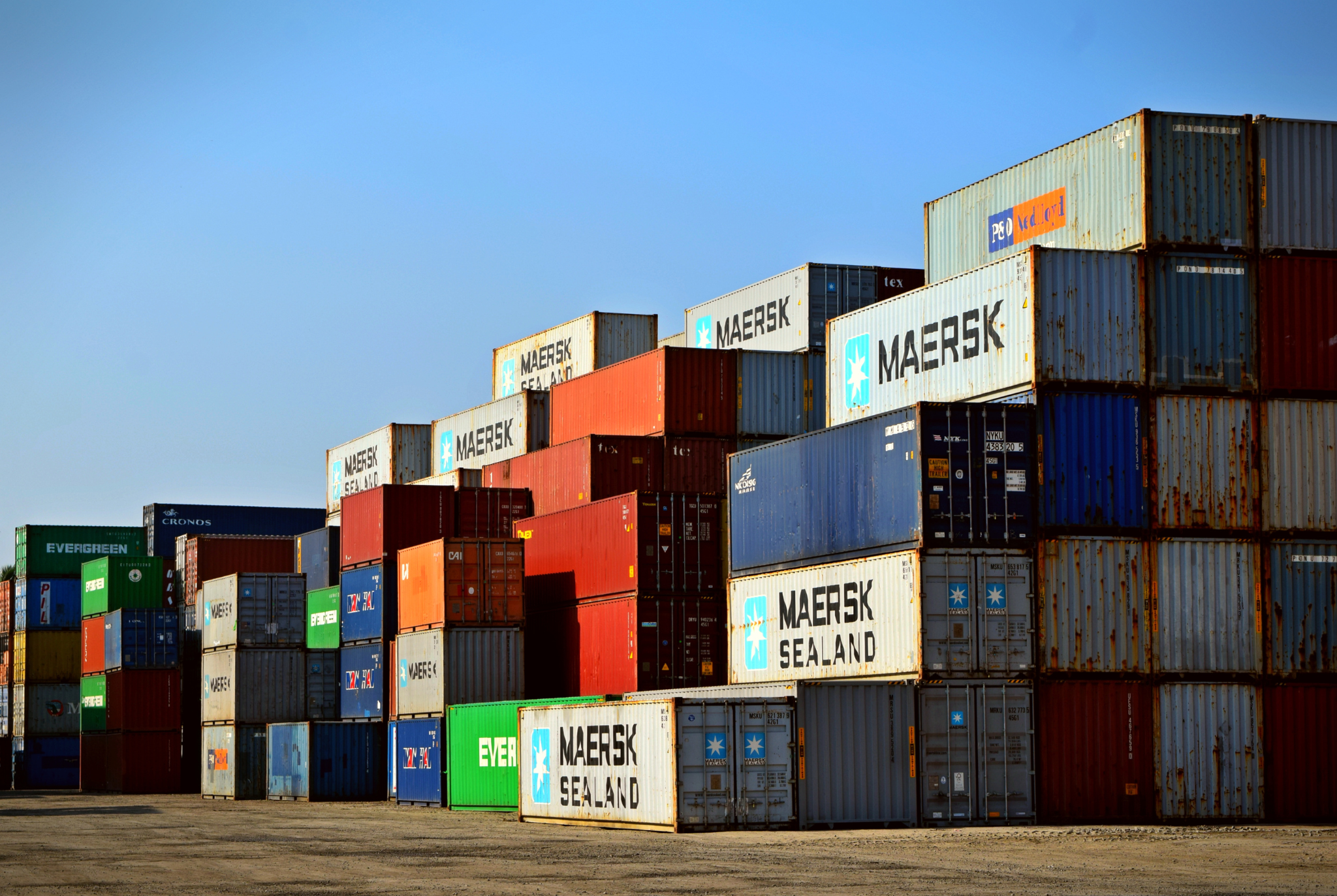Supply chain visibility platforms provide companies with the ability to take measures to avoid delays with shipments, identify risks for supply chain shortages, meet compliance requirements and achieve other goals by obtaining a clear, comprehensive view of overall metrics.
Supply Chain Visibility Platform
With many industries facing supply chain disruptions in the wake of the COVID-19 pandemic, supply chain visibility platforms have emerged as one of the most important tools to fuel growth, especially for businesses with complex supply chains.
Product shortages, billions of dollars of unsold goods, and transportation woes like clogged ports were among the most challenging issues facing shippers and forwarders around the world. For many of them, the adoption of software that provides real-time supply chain visibility has been key to gaining traction in their industries.
A supply chain visibility platform can provide insights that allow businesses and their partners to make informed decisions in real-time that could avert disruptions and minimize risks associated with the manufacturing and distribution of products.
Supply Chain Resilience 2022
According to an article by McKinsey & Company, supply-chain disruptions were extremely costly, with the average business losing 45 percent of one year’s profits over a 10-year period.
Based on the McKinsey supply chain 2022 study, companies that revamp outdated strategies and invested in the hard work of building structural resilience will be able to better navigate disruptions caused by other events, such as the Ukraine-Russia conflict.
Businesses throughout the supply chain industry are responding by integrating data from supply chain visibility platforms. Future projections for the global supply chain visibility market size reveal that it will grow to $37.41 billion in 2027 — up from $15.85 billion in 2019.
In addition to interest generated by the challenges caused by COVID-19, more businesses also are embracing the supply chain visibility platform because of upgrades in technology and a recognition of the benefits it provides in industries like healthcare and pharmaceuticals.
Some of the barriers that may prevent adoption for some companies include the perceived high cost associated with the implementation and maintenance of the software, and security and privacy concerns.
What Is Supply Chain Visibility
So, what is supply chain visibility? Supply chain visibility software provides companies with the ability to track various parts of the supply chain process — raw materials, components, sub-assemblies, and final parts — as they make their way from suppliers and manufacturers and all the way to the end consumer. Many of these visibility providers share real-time visibility in supply chains across a number of industries and shipping activities.
This real-time visibility in the supply chain is made possible by real-time transportation visibility platforms. This advanced technology provides companies with insights to help them minimize disruptions, address supply chain visibility challenges before and after they happen, and update suppliers and customers on various stages of the production and distribution process, including anticipated delivery.
These attributes are critical in that they provide companies with the ability to readily answer two critical questions at any given time: “Where’s my customer’s freight?” and “How do I tell my customer where their freight is?”
With the advantage of real-time visibility with their supply chains, companies can gain customer trust, enhance their brand image, and gain a competitive edge in their respective industries.
What is supply chain visibility software?
Supply chain modernization continues to be led by technology that provides real-time data about logistics and other aspects of a company’s supply chain. As a result, supply chain visibility software supplies companies with the real-time data they need to avoid bottlenecks, navigate inventory shortages by seeking out other suppliers in advance, and meet compliance directives.
As a real-time supply chain visibility example, a company that works with numerous suppliers and freight forwarders can eliminate silos through supply chain visibility software that enables them to readily communicate to their teams about anticipated shipment dates as well as give partners access to the same information. These types of insights can extend to all tiers of the supply chain, including parts that are being shipped from a China-based supplier to the United States, where they will be assembled at a plant before being shipped to a wholesale distributor, then a retailer, and finally to the customer. A company, for example, can pinpoint where a shipment is through container tracking.
In summary, supply chain visibility software can help companies eliminate a lack of visibility in their supply chain, enhance visibility in logistics, understand current inventory levels, and identify challenges before they escalate or increase their awareness of potential delays.
Supply chain visibility software also allows companies to be proactive by analyzing data that allows them to make better decisions in real-time or as part of a long-term strategy. In addition to providing real-time insights to address short-term challenges, supply chain visibility platforms also give companies the data they need to determine long-term strategies for expansion.
Supply Chain Visibility Benefits
Supply chain visibility benefits extend beyond the various phases of global supply chains. With the gains realized by supply chain efficiency and supply chain agility, companies can spend less time manually gathering data about a shipment and more time focusing on customer satisfaction.
Customer Success for Supply Chain
Lack of visibility in the supply chain can lead to numerous challenges that can divert a company’s attention from ensuring customer success. Even without disruptions caused by pandemics, floods, and wars, companies can face challenges caused by bad data, human error, and underperforming suppliers.
With a real-time supply chain visibility platform, companies can leverage real-time data to keep their operations running smoothly while gaining the time they need to invest in innovations, customer success initiatives, and other long-term strategies.
Supply Chain Visibility Software
Many of the leading supply chain visibility companies, including supply chain visibility startups, are listed in Gartner’s Real-Time Transportation Visibility Platforms Reviews and Ratings report, which includes summaries and customer feedback on RTTVPs.
The reviews deliver feedback from customers about their experiences with supply chain visibility software that offers real-time insights into their orders and shipments throughout the supply chain, from end to end. Gartner also defines RTTVPs as platforms that obtain data through integration (i.e., API or EDI) with carrier systems, direct feeds from telematics (i.e. trailer devices), or other devices, like tablets or smartphones.
Gartner provides an overview of customer reviews based on their industries and regions as well as company size, ranging from under $50 million to more than $10 billion in US dollars. It also has a category for government and education. Visibility data providers listed in the report include FourKites, Overhaul, project44, Terminal49, and Vizion.
Some of the companies included in the Gartner Magic Quadrant RTTVP report and the company’s Top 25 listing include:
- FourKites: The real-time visibility software provider headquartered in Chicago supports customers in various industries, including retail, food and beverage, manufacturing, pharmaceuticals, and chemicals. The solution serves as a single source for visibility data, providing end-to-end visibility across the supply chain.
- Overhaul: As a supply chain control and risk management solution provider, Overhaul, which is headquartered in Austin, Texas, delivers a unified view of the supply in real-time. Its SaaS solution gives customers the ability to respond quickly to challenges in the supply chain ecosystem.
- project44: The visibility platform offered by project44 provides supply chain insights that include over-the-road, rail, air, ocean, and intermodal transportation modes, various workflows, and order and inventory.
- Terminal49: An all-in-one shipment and container tracking platform is helping shippers and forwarders streamline and automate their container tracking tasks to save hours of labor. Founded in 2015, the company has grown quickly offering complete container tracking through one API.
- Vizion API: VIZION API ensures shippers and BCOs can gain end-to-end visibility freight insights by providing automation that delivers comprehensive, standardized, and detailed container tracking events to software systems and spreadsheets.
project44
project44 promotes an API-first and bottoms-up approach to visibility, providing clients — including shippers, freight forwarders, and other logistics partners — with the ability to automate processes, collaborate with stakeholders, and enhance their performance.
Based on its website, project44 differentiators include providing customers with a quick time-to-value through experts and project managers dedicated to the implementation process. Using project44 data, companies can enhance visibility over various transportation modes including ocean, over-the-road, air, intermodal, and rail.
project44 competitors include FourKites, Shippeo, SAP Integrated Business Planning, and others.
FourKites
As a leader in the supply chain visibility industry, FourKites gives companies the ability to transform their operations with a global platform that tracks nearly 3 million shipments daily. Users of the FourKites app platform can track every shipment across every transportation mode in real-time.
The company also specializes in the following:
Yard and appointment management: With FourKites’ comprehensive platform, clients can gain end-to-end visibility with real-time tracking of in-yard and in-transit freight. The solution allows companies to streamline facilities.
Ocean visibility and document management: The FourKites tracking solution combines document management, collaboration, booking support, and end-to-end visibility.
Network visibility: Companies gain visibility into pre-paid and collect inbound freight, allowing them to better plan and collaborate with suppliers.
FourKites competitors listed by Gartner include project44, Shippeo, FarEye, and others.
Supply Chain Visibility Solutions
With Chain.io's supply chain solutions, freight forwarders, shippers, and software providers can integrate supply chain visibility data into a TMS or other software platforms to gain enhanced visibility into container and vessel locations.
The insights provided by Chain.io’s supply chain integrations improve accuracy through data feeds from third-party visibility data providers. With accurate real-time visibility into the location of a shipment integrated directly into a logistics service provider's transportation management system (TMS), shippers can make better decisions and develop a collaborative supply chain strategy that supports their organizations’ goals and objectives.
Through its supply chain visibility integration solutions, Chain.io can serve as a partner that quickly integrates providers with customers and companies along the global supply chain. Comprehensive supply chain integrations are effective in freeing up internal resources to ensure clients can invest more time in customer service and innovations.







